Home>Home Appliances>Home Automation Appliances>How To Turn On Alexa Microphone
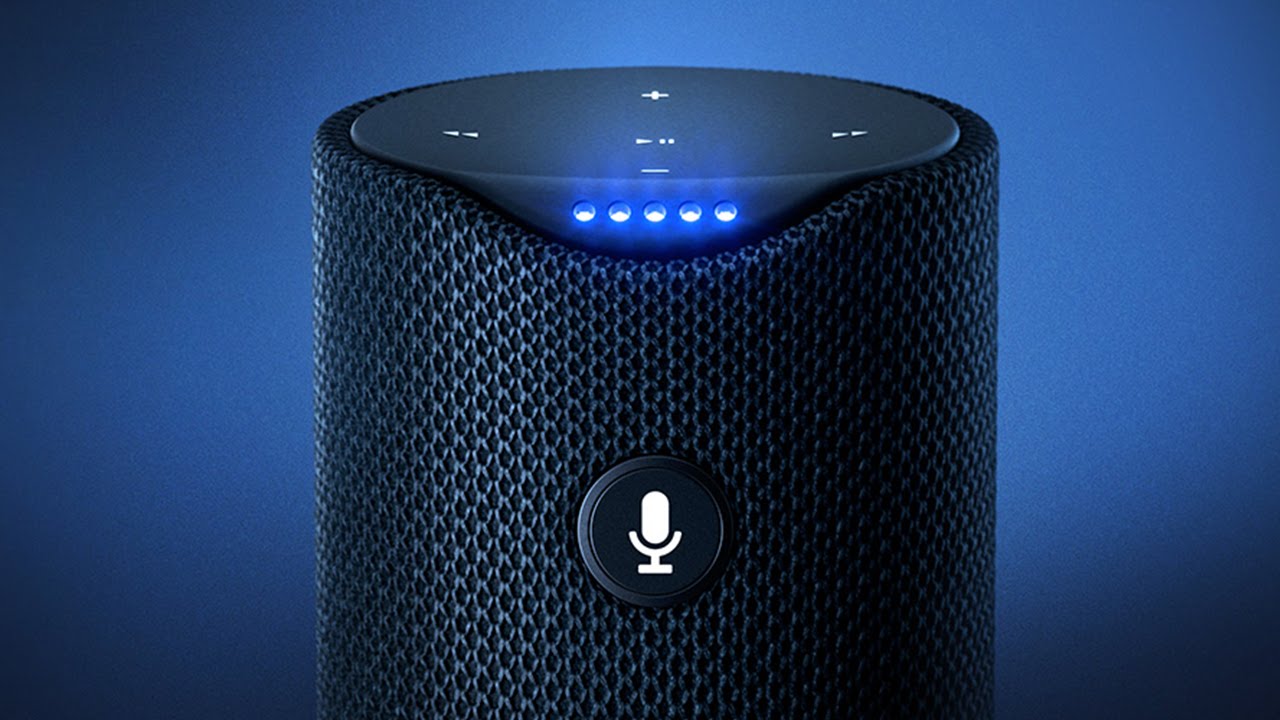

Home Automation Appliances
How To Turn On Alexa Microphone
Modified: February 18, 2024
Learn how to easily turn on the microphone for your Alexa device and enhance your home automation appliances with simple steps and troubleshooting tips. Discover the best practices for optimizing your Alexa experience.
(Many of the links in this article redirect to a specific reviewed product. Your purchase of these products through affiliate links helps to generate commission for Storables.com, at no extra cost. Learn more)
Introduction
Welcome to the world of smart home technology! In this article, we will explore the fascinating capabilities of Alexa, the voice-controlled virtual assistant developed by Amazon. One of the key features that makes Alexa so powerful is its ability to listen and respond to voice commands. This is made possible by the microphone built into Alexa-enabled devices, allowing users to interact with their devices in a hands-free manner.
Alexa's microphone serves as the gateway to a multitude of functions, from playing music and setting reminders to controlling smart home devices and providing real-time information. However, for the microphone to work seamlessly, it's essential to ensure that it is enabled and configured correctly. In this guide, we will walk through the steps to turn on the Alexa microphone, enabling you to make the most of this innovative technology.
Whether you're a seasoned Alexa user or just getting started with your first Alexa-enabled device, understanding how to activate the microphone is fundamental to unlocking the full potential of Alexa. By the end of this article, you will have a comprehensive understanding of how to check, enable, and troubleshoot the Alexa microphone, empowering you to interact with Alexa effortlessly and enjoy a seamless smart home experience. Let's embark on this enlightening journey to unleash the power of voice control with Alexa!
Key Takeaways:
- Embrace the power of Alexa’s microphone by enabling it in device settings. Use clear voice commands to control smart home devices and enjoy personalized experiences with natural language processing.
- Troubleshoot microphone issues by checking settings, addressing environmental factors, and ensuring stable network connectivity. Reset and reconfigure if problems persist, and seek Amazon’s customer support for personalized assistance.
Read more: Where Is The Microphone On Alexa
Checking Alexa Device
Before delving into the process of enabling the Alexa microphone, it's important to ensure that your Alexa device is set up and functioning properly. Here are the key steps to check your Alexa device:
- Power On: Ensure that your Alexa-enabled device is powered on and connected to a reliable power source. Most Alexa devices feature a visual indicator, such as an LED light, to signify that the device is powered and ready for use.
- Internet Connection: Alexa relies on a stable internet connection to process voice commands and provide responses. Verify that your device is connected to a Wi-Fi network with internet access. You can do this by checking the network settings in the Alexa app or through the device's interface, depending on the model.
- Device Status: Check the physical condition of your Alexa device, ensuring that it is free from any obstructions that may hinder the microphone's functionality. Additionally, if your device has physical buttons or switches, ensure that they are in the correct position for normal operation.
- Software Updates: It's advisable to keep your Alexa device's software up to date to benefit from the latest features and enhancements. Check for any available software updates through the Alexa app or the device's settings menu.
By verifying these essential aspects, you can ensure that your Alexa device is ready to receive voice commands and interact with you effectively. Once you have confirmed that your device is in optimal working condition, you can proceed to enable the microphone and start using Alexa to simplify your daily tasks and entertainment experiences.
Enabling Microphone Access
To fully harness the capabilities of Alexa, it is crucial to ensure that the microphone access is enabled on your Alexa-enabled device. Here’s a step-by-step guide to enable the microphone access:
- Device Settings: Open the Alexa app on your smartphone or tablet and navigate to the settings menu. Look for the specific device you want to enable the microphone for, and select its settings.
- Microphone Permissions: Within the device settings, locate the section related to microphone permissions or voice access. This may be listed under privacy or device permissions, depending on the app version and device model.
- Enable Microphone: Toggle the switch or button to enable microphone access for the selected Alexa device. You may receive a prompt to confirm the action, after which the microphone will be activated and ready to receive voice commands.
- Test the Microphone: To ensure that the microphone is functioning as intended, use a simple voice command, such as “Alexa, what’s the weather today?” If Alexa responds appropriately, it indicates that the microphone access has been successfully enabled.
By following these steps, you can effectively enable the microphone access for your Alexa device, paving the way for seamless voice interactions and personalized experiences. It’s important to note that by granting microphone access, you are allowing Alexa to listen for the wake word and respond to your commands, enhancing the overall convenience and utility of the device.
Once the microphone access is enabled, you can explore the diverse range of voice commands and interactions that Alexa offers, from controlling smart home devices and playing music to requesting information and setting reminders. The ability to effortlessly communicate with Alexa through voice commands opens up a world of possibilities, making your daily routines more efficient and enjoyable.
To turn on the Alexa microphone, simply press the microphone button on the top of the device. You can also say “Alexa” to activate the microphone and start giving commands.
Using Voice Commands
Now that the microphone access is enabled, you can leverage the power of voice commands to interact with Alexa and accomplish a wide array of tasks. Here’s a guide to using voice commands effectively with your Alexa-enabled device:
- Wake Word: To initiate a voice command, start by addressing Alexa using the wake word, “Alexa.” Once the wake word is detected, the device’s microphone activates, indicating that it is ready to receive your command.
- Command Examples: Alexa responds to a diverse range of voice commands, allowing you to perform tasks such as playing music, setting alarms, controlling smart home devices, checking the weather, creating shopping lists, and much more. You can simply say, “Alexa, play my morning playlist,” or “Alexa, turn off the living room lights,” to execute these commands effortlessly.
- Natural Language Processing: Alexa’s advanced natural language processing capabilities enable it to understand and interpret conversational commands. You can speak to Alexa in a natural, conversational tone, making the interaction feel intuitive and seamless.
- Voice Profiles: If you have multiple users in your household, consider setting up voice profiles for personalized experiences. This allows Alexa to recognize individual voices and provide tailored responses, such as accessing specific music playlists or managing personal calendars.
- Explore Skills: Alexa’s skills encompass a wide range of capabilities, including third-party integrations and custom functionalities. You can explore and enable skills through the Alexa app, expanding Alexa’s repertoire of abilities to suit your preferences and interests.
By mastering the art of using voice commands with Alexa, you can streamline your daily routines, access information swiftly, and enjoy hands-free control over your smart home devices. The intuitive nature of voice interactions with Alexa enhances convenience and efficiency, transforming the way you engage with technology in your home environment.
Remember that the key to a successful voice command experience lies in clear enunciation, utilizing the appropriate wake word, and exploring the diverse capabilities that Alexa offers. With practice, you’ll become adept at seamlessly integrating voice commands into your daily life, making the most of Alexa’s voice-controlled functionalities.
Troubleshooting
While Alexa’s voice-controlled capabilities are designed to operate seamlessly, occasional issues may arise that affect the functionality of the microphone or voice commands. Here are some troubleshooting tips to address common issues and ensure optimal performance:
- Check Microphone Settings: If you encounter difficulties with voice commands, revisit the device settings in the Alexa app to verify that the microphone access is enabled for the specific device. Ensure that no changes have been made to the microphone permissions that could impede its functionality.
- Environmental Factors: Assess the environment in which the Alexa device is placed. Background noise, echoes, or physical obstructions near the device may interfere with the microphone’s ability to accurately capture voice commands. Relocating the device to a quieter area can mitigate these issues.
- Software Updates: Check for any pending software updates for your Alexa device. Installing the latest updates can address known issues, enhance performance, and introduce new features that contribute to a smoother voice command experience.
- Network Connectivity: Unstable or weak Wi-Fi connectivity can impact Alexa’s responsiveness to voice commands. Ensure that your device is connected to a reliable Wi-Fi network with a strong signal to facilitate seamless communication with Alexa’s servers.
- Reset and Reconfigure: If persistent issues persist, consider resetting your Alexa device and reconfiguring it from scratch. This can resolve underlying software glitches and restore the device to a functional state, potentially resolving microphone-related issues.
By employing these troubleshooting strategies, you can address common challenges related to the Alexa microphone and voice command functionality, restoring a smooth and efficient user experience. It’s important to approach troubleshooting systematically, starting with basic checks and progressing to more advanced solutions if needed.
Should you encounter persistent issues that remain unresolved, consider reaching out to Amazon’s customer support for further assistance. The support team can provide personalized guidance and troubleshooting steps tailored to your specific device and circumstances, ensuring that any underlying issues are effectively resolved.
Read more: How To Turn On My Alexa
Conclusion
In conclusion, the ability to activate and utilize the microphone on your Alexa-enabled device is pivotal in unlocking the full potential of Alexa’s voice-controlled functionalities. By ensuring that the microphone access is enabled and understanding how to leverage voice commands effectively, you can seamlessly integrate Alexa into your daily routines and enjoy a more intuitive smart home experience.
Throughout this guide, we’ve explored the essential steps to check, enable, and troubleshoot the Alexa microphone, empowering you to make the most of this innovative technology. From verifying device settings to troubleshooting common issues, you now have a comprehensive understanding of how to optimize the microphone’s functionality for seamless voice interactions with Alexa.
By harnessing the power of voice commands, you can effortlessly control smart home devices, access real-time information, and enjoy personalized experiences tailored to your preferences. The intuitive nature of voice interactions with Alexa enhances convenience, efficiency, and accessibility, transforming the way you engage with technology within your home environment.
As you continue to explore the diverse capabilities of Alexa, from setting reminders and playing music to managing smart home devices and accessing third-party skills, remember that the microphone serves as the gateway to a world of possibilities. Embrace the convenience of hands-free interactions and the natural language processing capabilities of Alexa, allowing you to communicate effortlessly and accomplish tasks with ease.
Whether you’re a seasoned Alexa enthusiast or embarking on your journey with an Alexa-enabled device, the knowledge and insights gained from this guide will empower you to make the most of Alexa’s voice-controlled functionalities, enriching your daily experiences and simplifying your interactions with technology.
With the microphone access enabled and a repertoire of voice commands at your disposal, you’re poised to embark on a seamless and enriching journey with Alexa, harnessing the power of voice to transform your smart home experience.
Frequently Asked Questions about How To Turn On Alexa Microphone
1. Check if the appliance is properly connected to the internet and powered on.
2. Make sure that the Alexa device is within range and can hear your voice clearly.
3. Restart the Alexa device and the appliance.
4. Check for any updates for the Alexa app and the appliance’s firmware.
Was this page helpful?
At Storables.com, we guarantee accurate and reliable information. Our content, validated by Expert Board Contributors, is crafted following stringent Editorial Policies. We're committed to providing you with well-researched, expert-backed insights for all your informational needs.
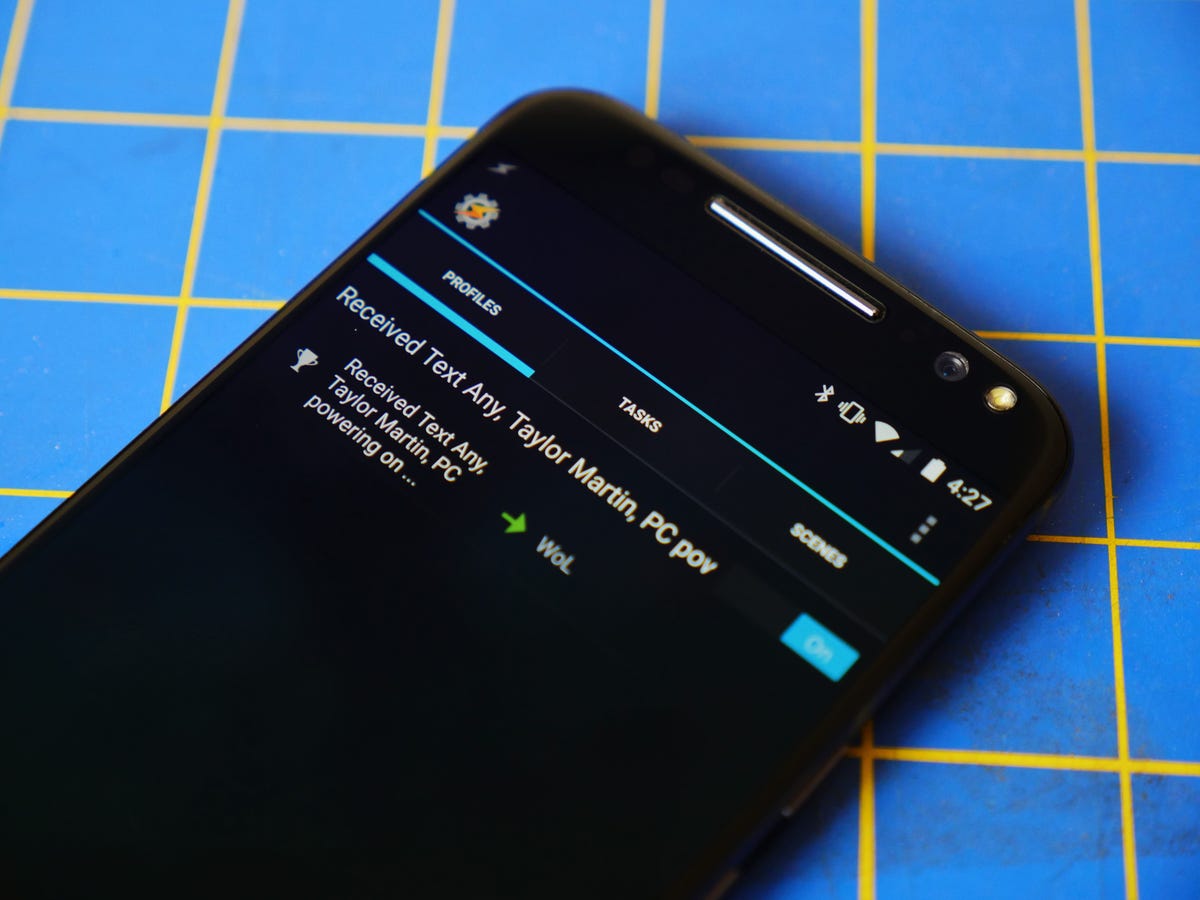
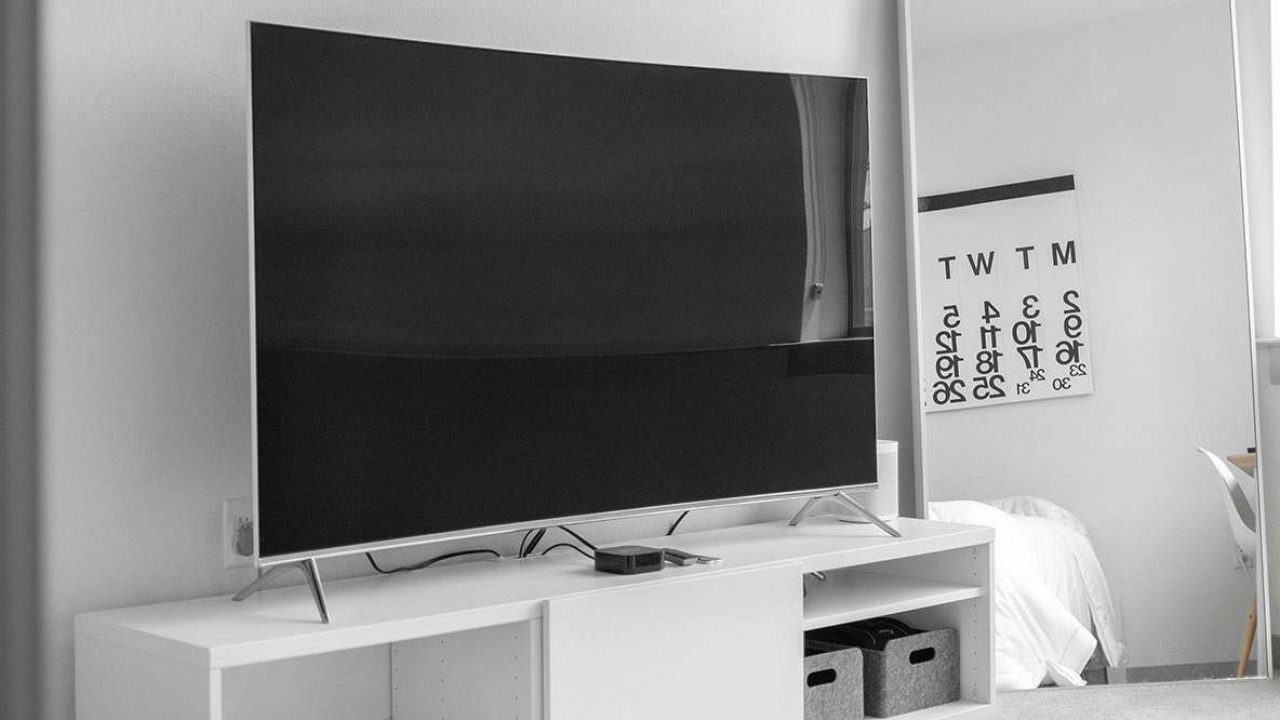
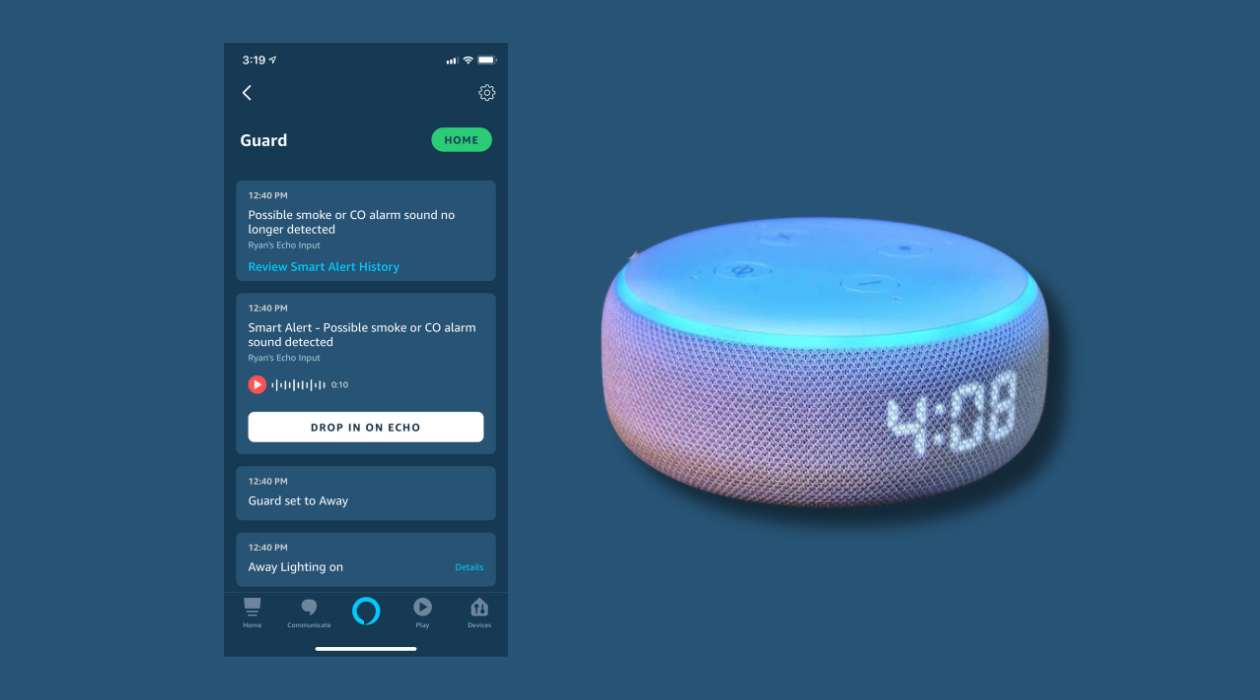
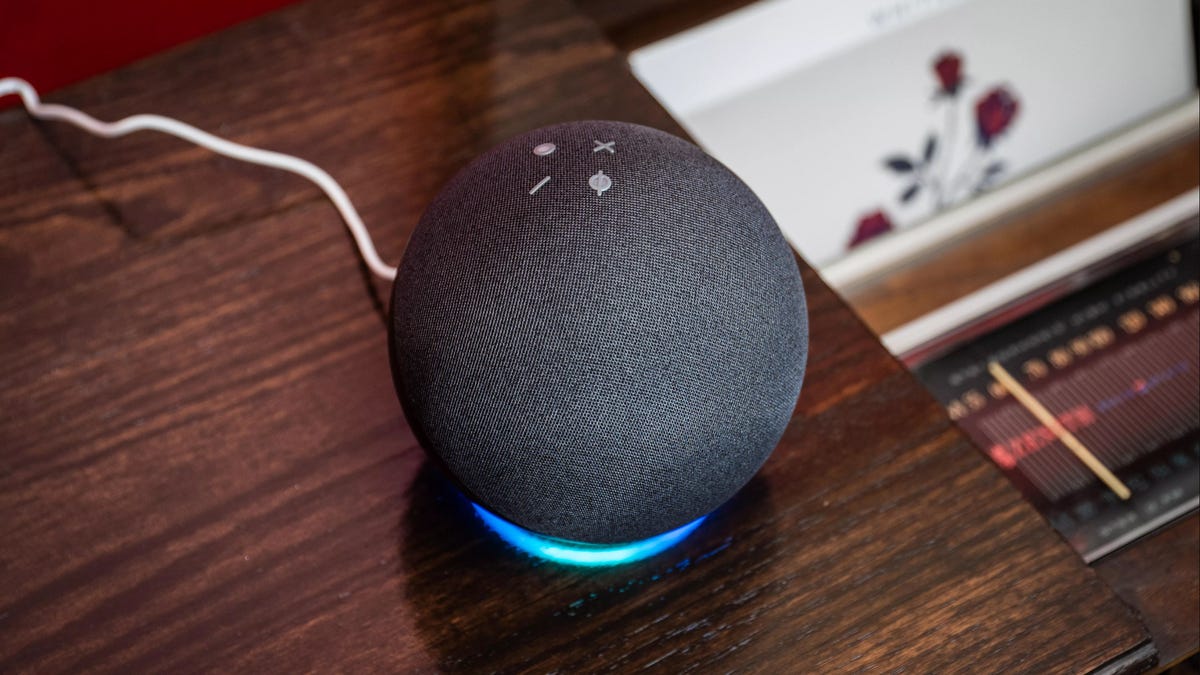
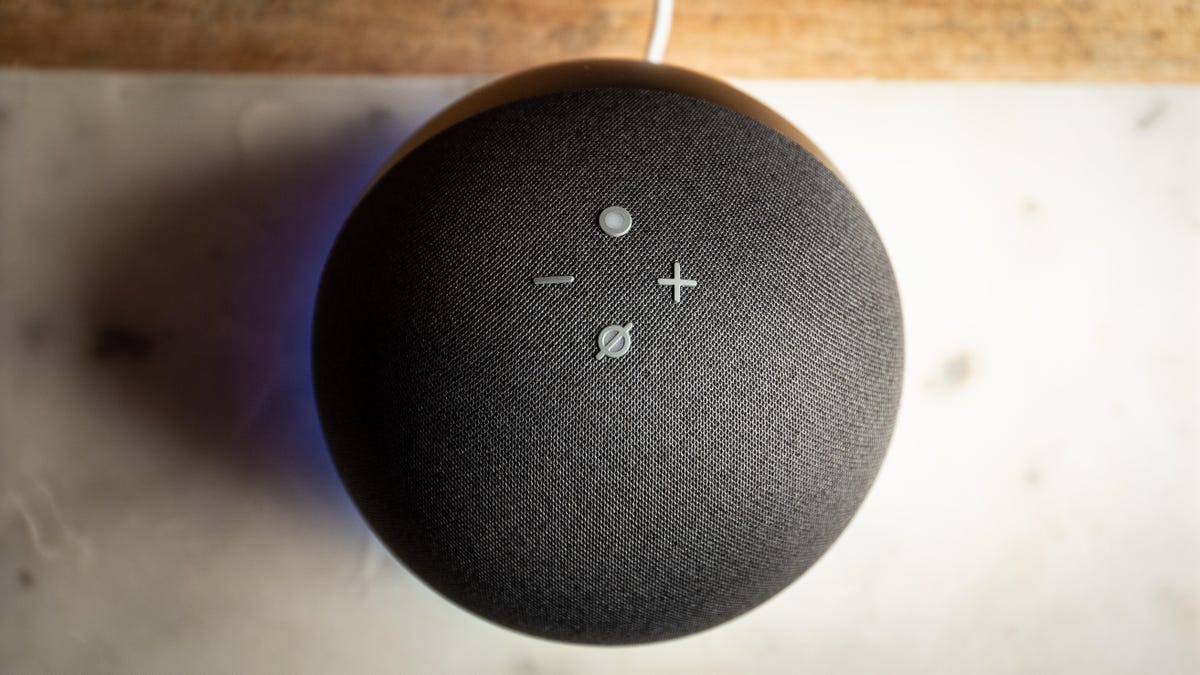
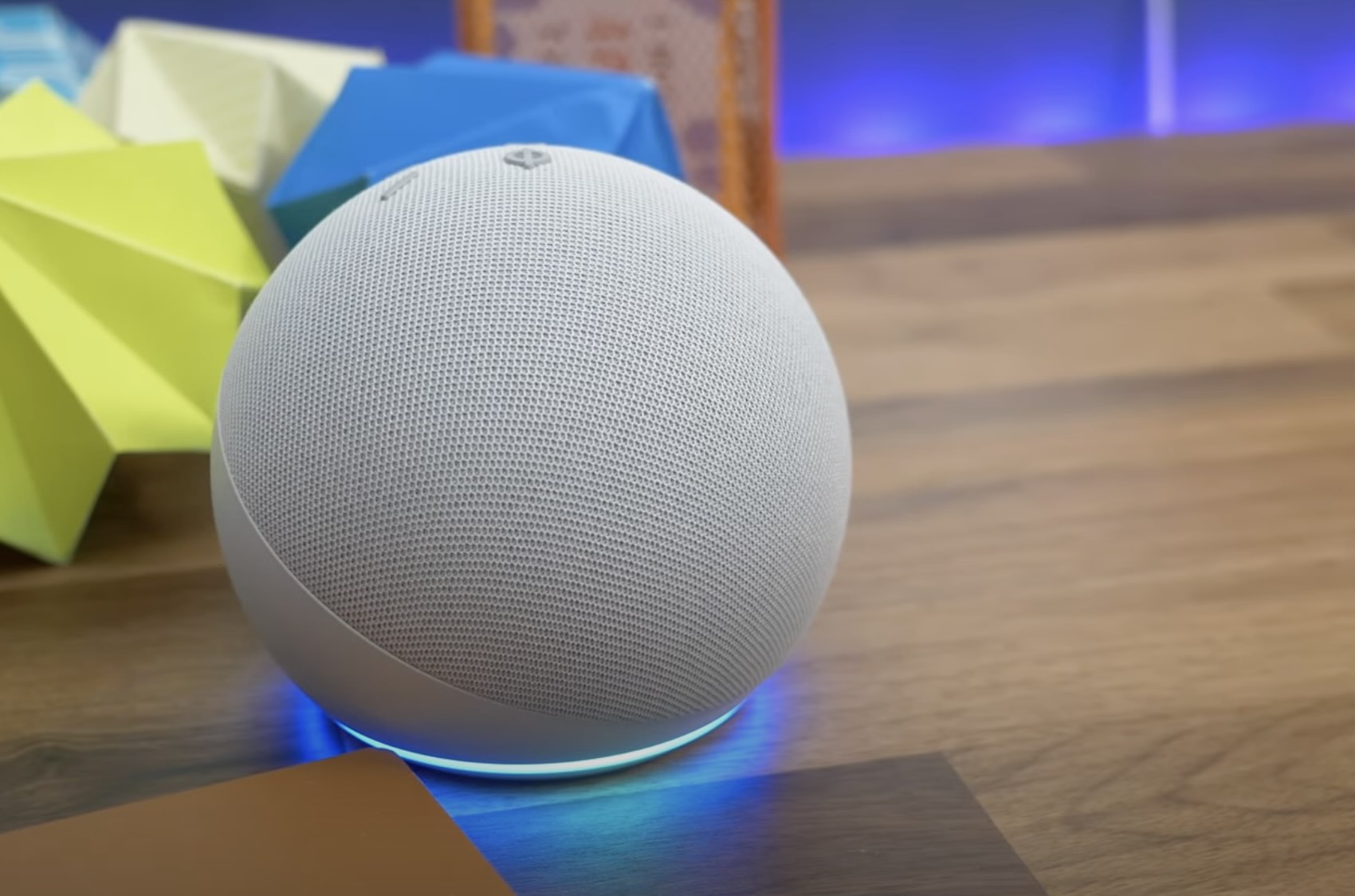
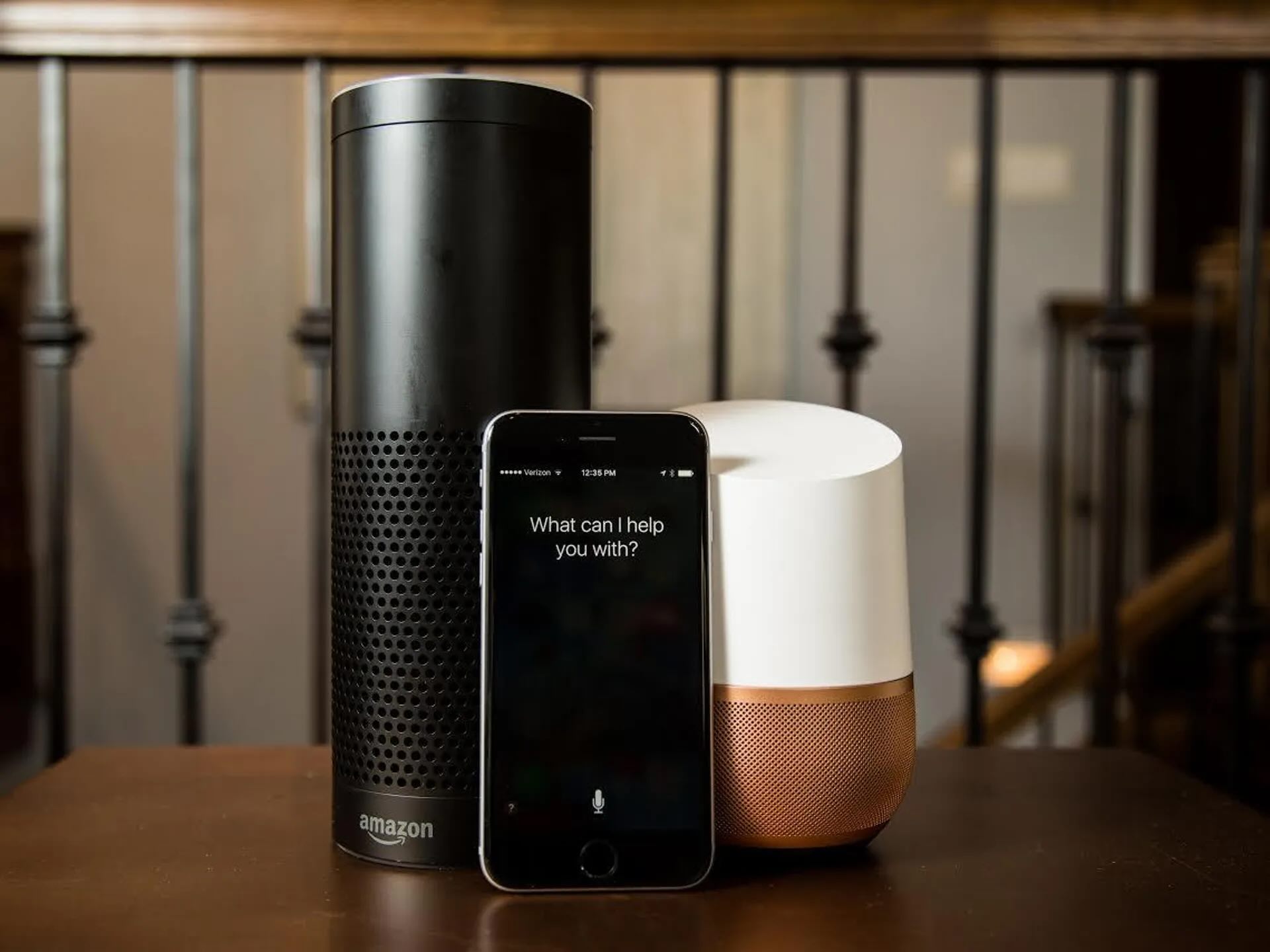
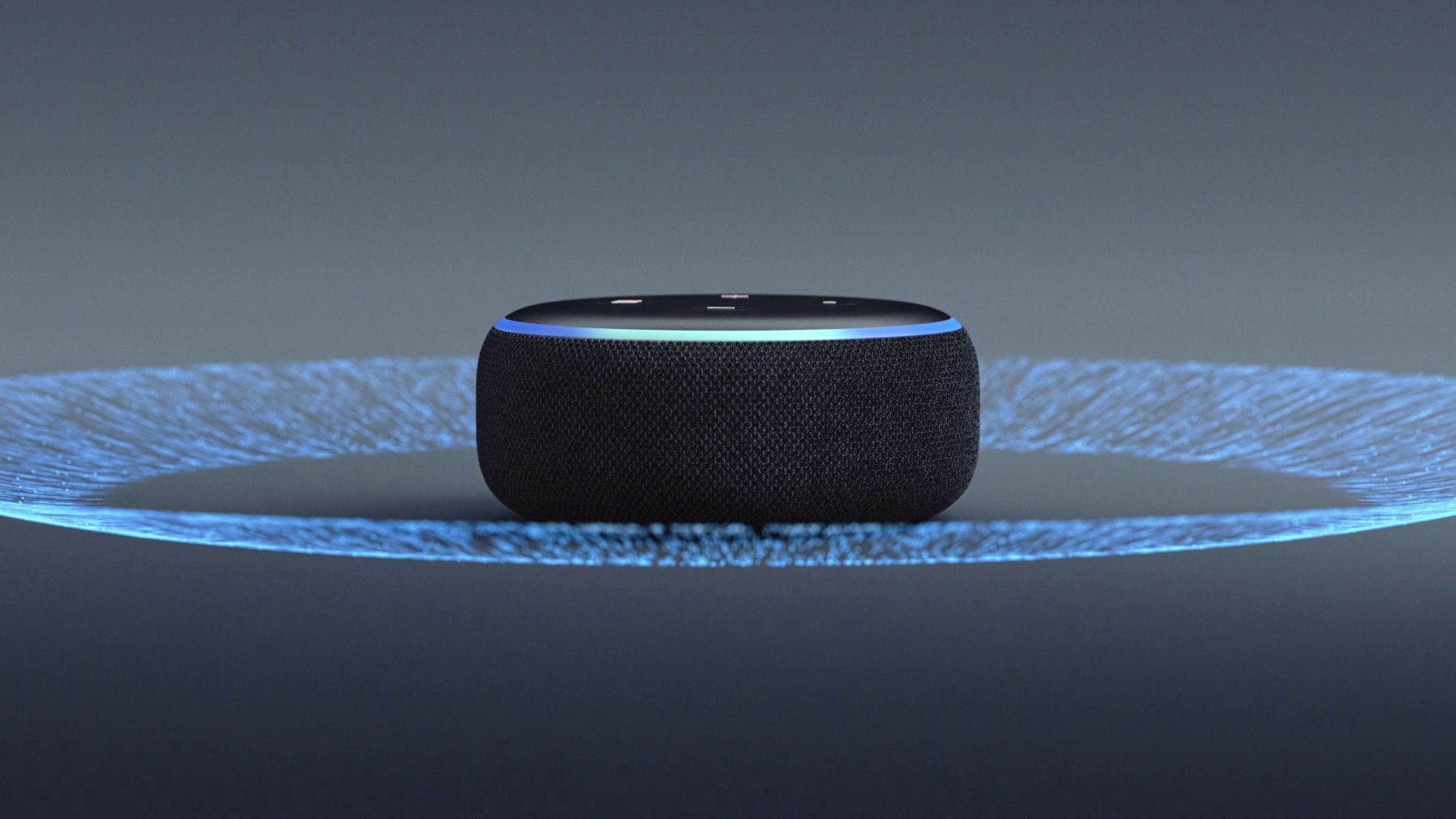
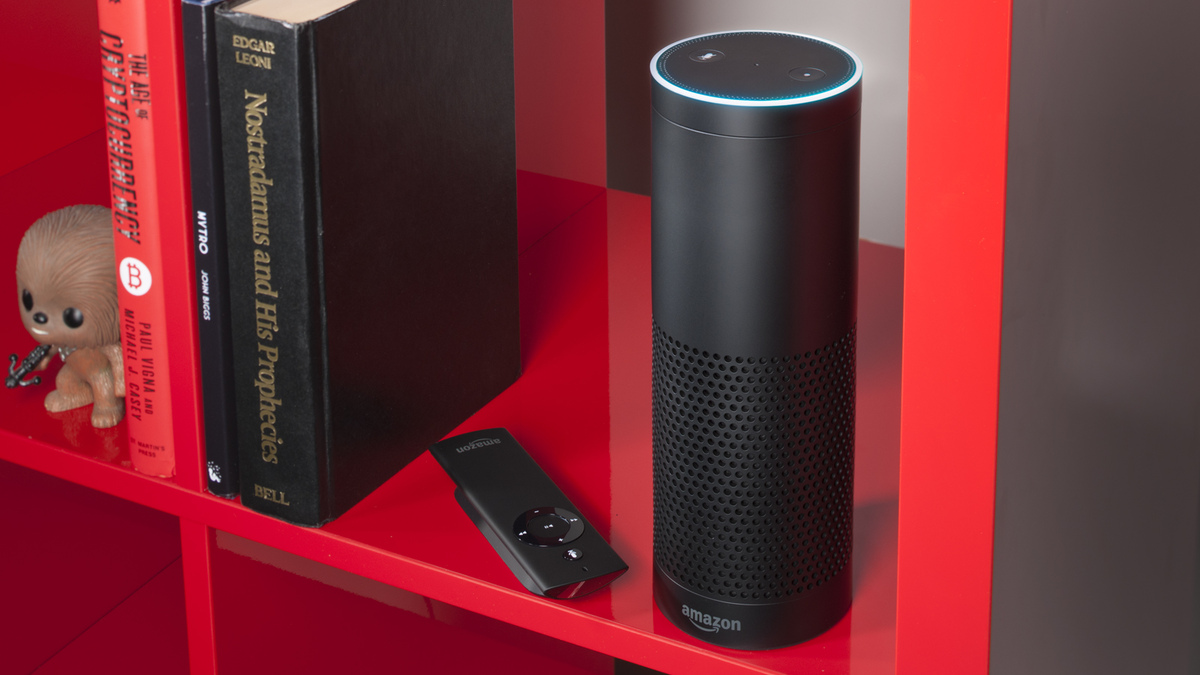
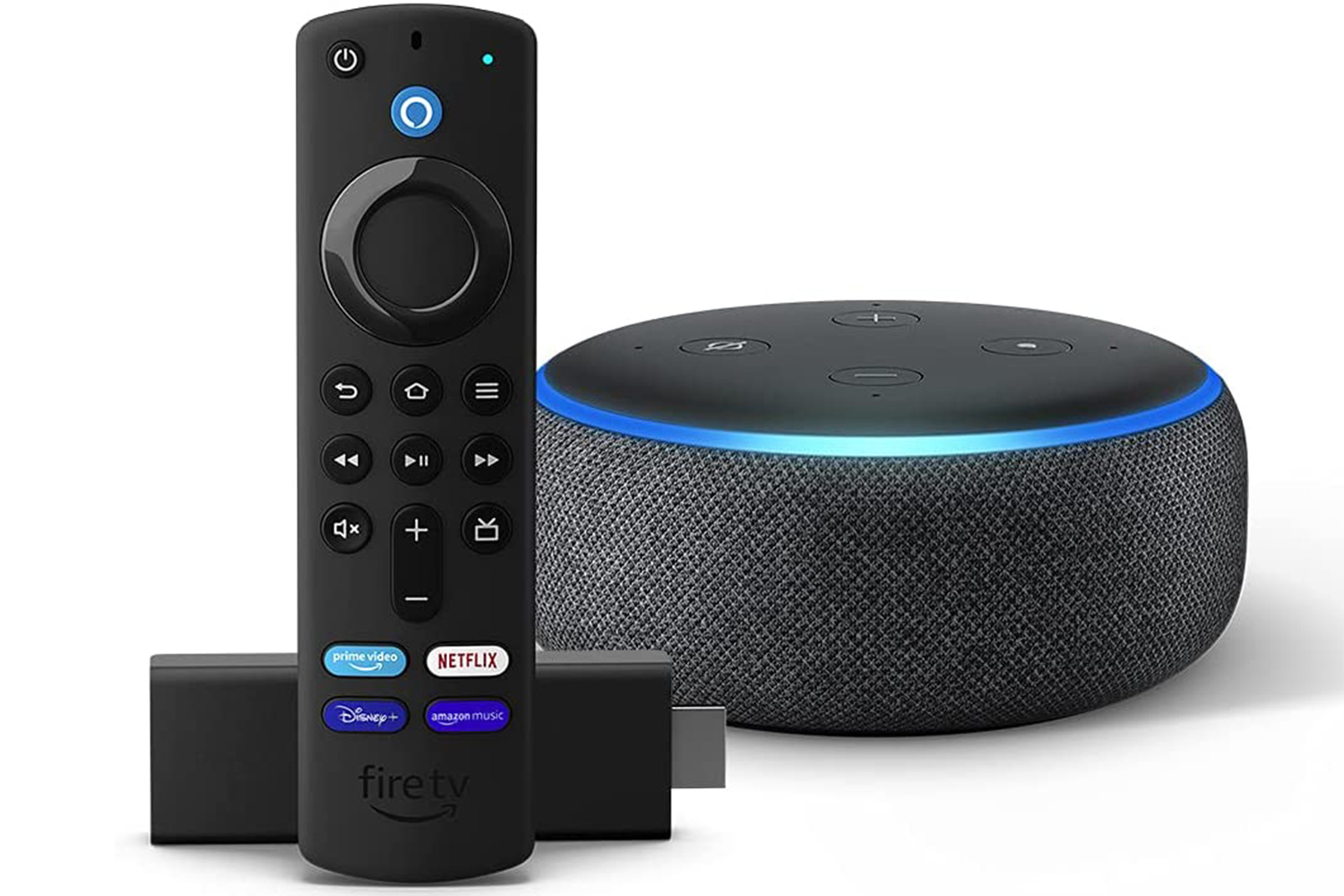
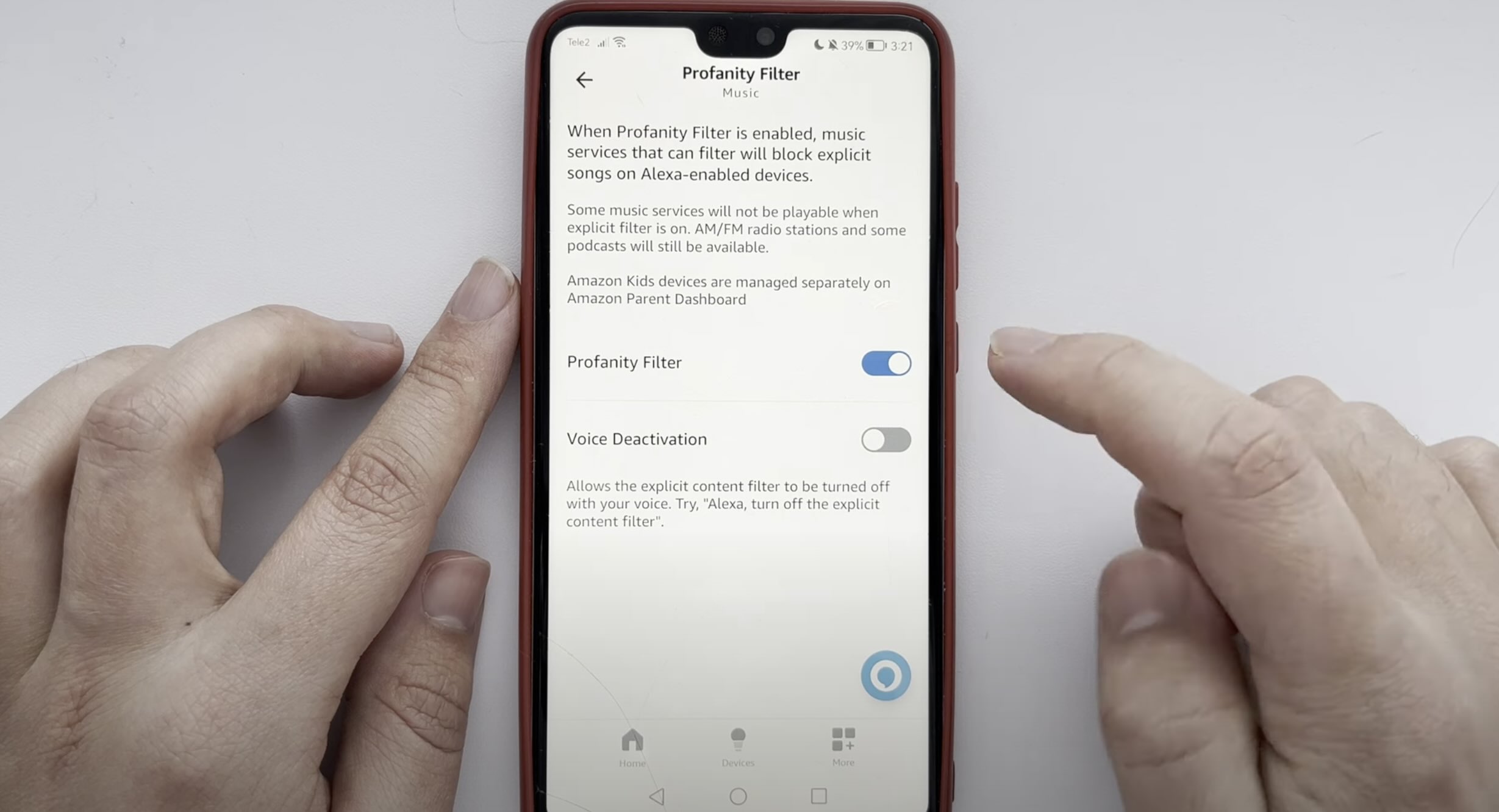
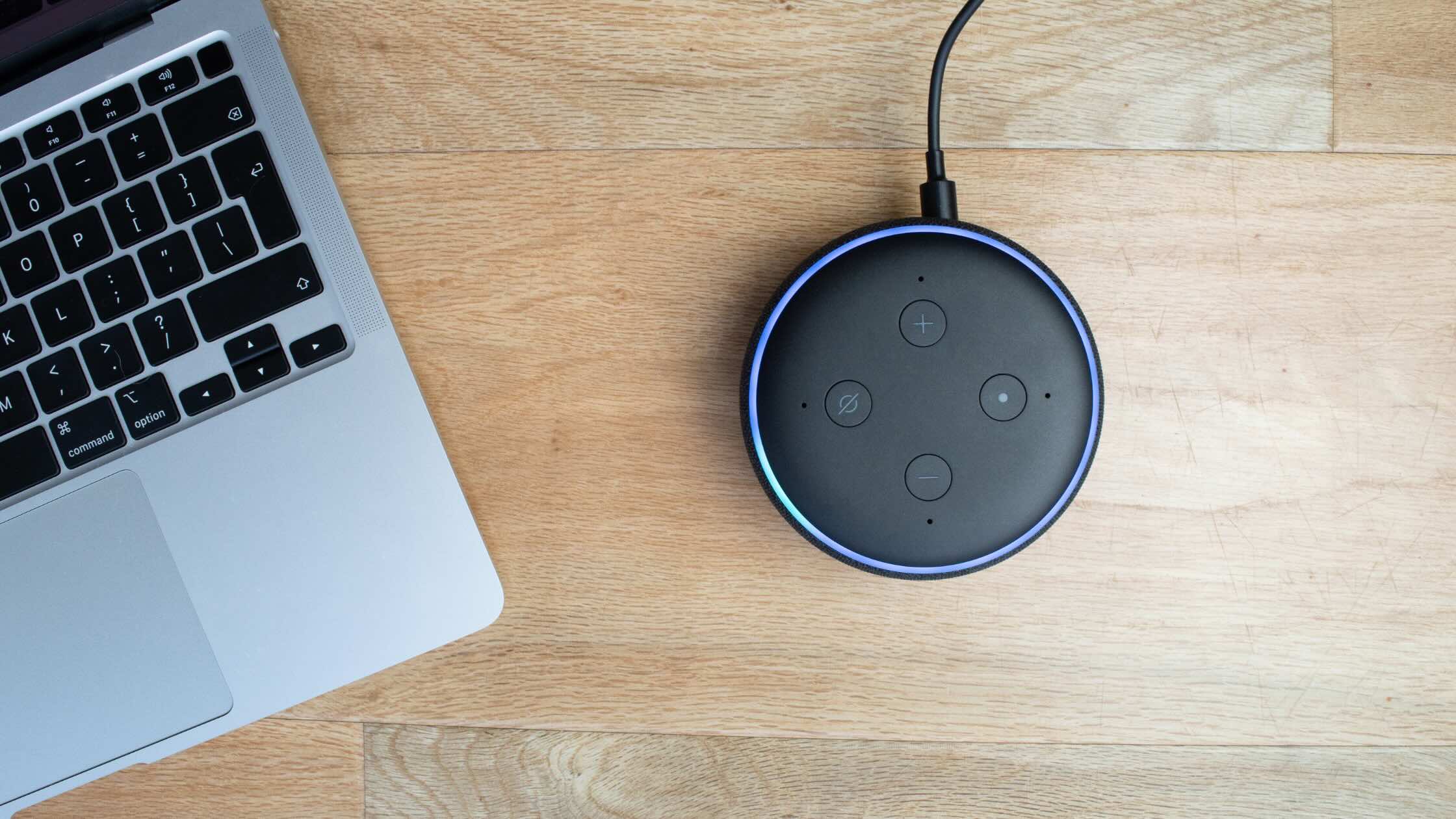
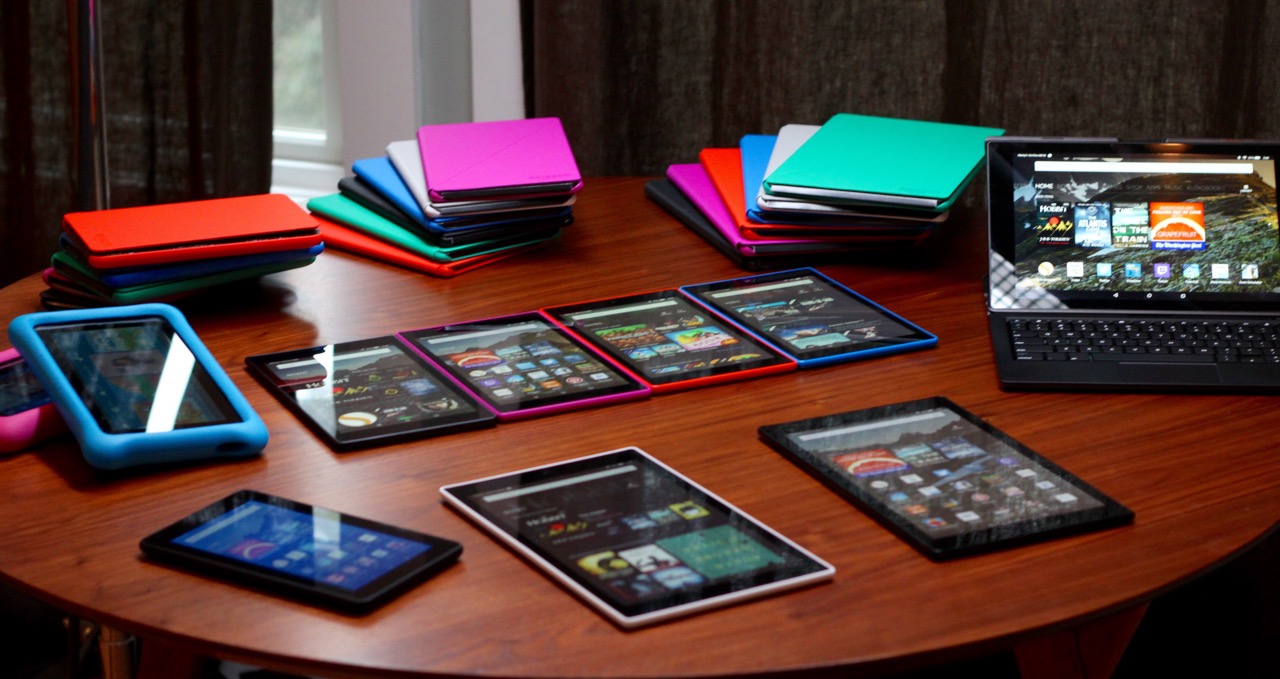
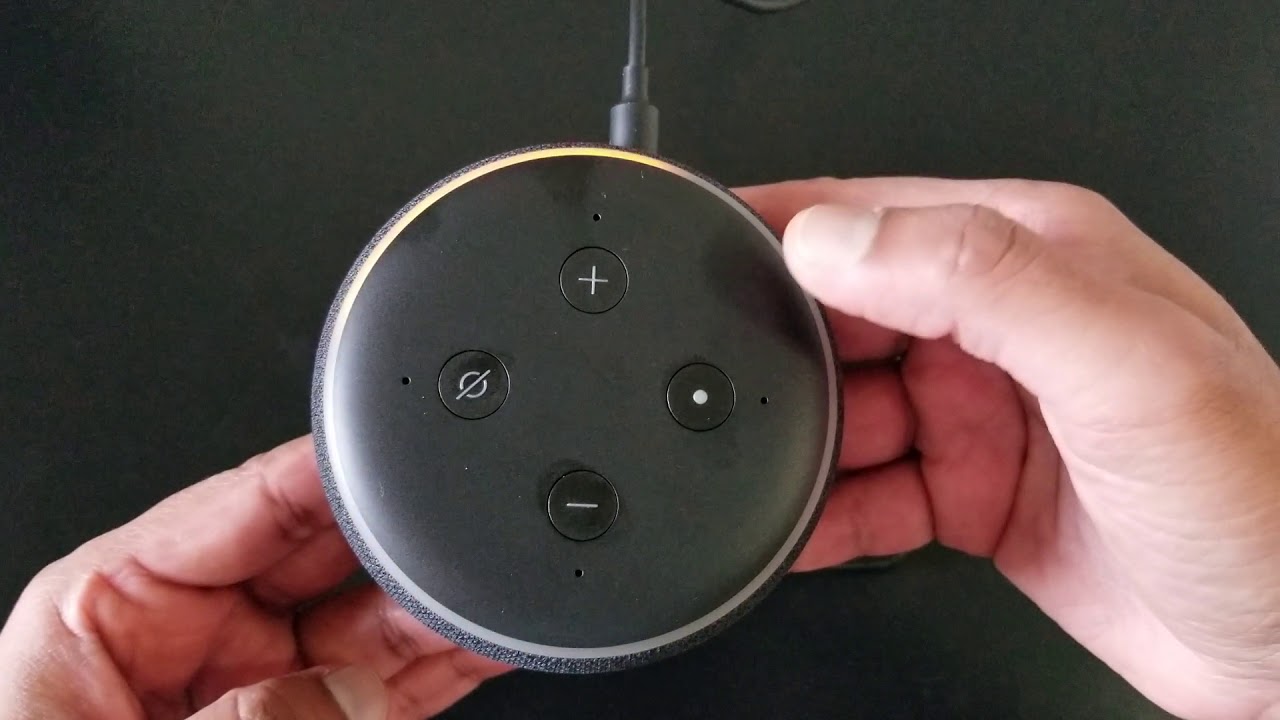

0 thoughts on “How To Turn On Alexa Microphone”